
|
|
|
|
|
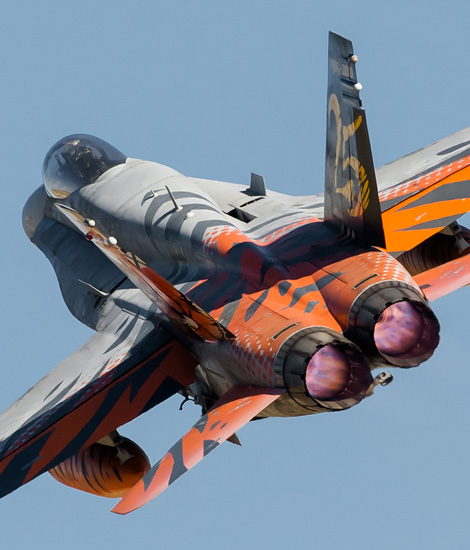
|
The Tasks and Mission of Ala 15; Zaragoza, May 20, 2016
The Largest F-18 Wing in Spain; Text and Photograph's by door Alex van Noye
The Spanish Hornet wing Ala 15 is the largest F-18 wing in Spain. The Spanish Zaragoza Air Base is home to the F/A-18 Hornet unit Ala 15. This wing is one of the three F-18 Hornet units in Spain. Besides Ala 15 in Zaragoza Ala 12 is stationed on Torrejon and Ala 46 is stationed at Gando at the Spanish Canary Islands.
The F/A-18 Hornet is one of the primary fighter aircraft of the Spanish Air Force. The F/A-18 Hornet is also referred in the Spanish system to as the C15. For this reason the registration number of the EF-18 has the designation C15-XX, where the designation XX is the number of the Hornet. Ala 12 and Ala 15 are both flying the modified EF-18A/B variants of the F/A-18 Hornet. This version of the Hornet is a modified variant of the F/A-18 and is specifically modified for the Spanish Air Force. The Hornets are recognizable by the absence of the launch bracket on the nose landing gear. The F/A-18s from Ala 46 are using the original type F/A-18 Hornet design. These aircraft were bought second hand from the US Navy. The Spanish airbase Zaragoza is located in the northeast of Spain. Ala 15 was founded in 1985 when the order with No. 04/85 was issued by the Spanish authorities. The first four EF-18s were flown from the United States to Zaragoza on July 10, 1986. The arrival of the EF-18 was a huge step forward for the Spanish Air Force. On October 23, 1985, the unit made its debut at the Spanish Air Force with the American EF-18 Hornet when Ala 15 participated in an exercise in Spain. Ala 15 would soon start making a lot of flying hours on the EF-18, because on January 13, 1988 the wing made its 5,000th flight hour with the Hornet. Just one year later the unit made its 10,000th flight hour in the presence of Princess Elena of the Spanish royal family.
From the moment that 10,000th flight hour was achieved, the wing would consist of three different squadrons. These units are the 151 Esquadron called Toro (Bull), the 152 Esquadron called Mars and 153 Esquadron called Ebro (which is a major river in Spain). Ala 15 had complied with all the conditions to be declared operational on January 14, 1989. The unit would receive from that moment also the QRA task for the defense of the Spanish airspace. As part of the reorganization of the Spanish Air Force, Ala 15 was next to Ala 31 also stationed at Zaragoza. Ala 31 is a transport unit
|
|
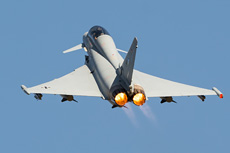
|
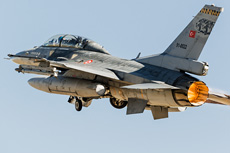
|
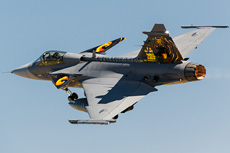
|
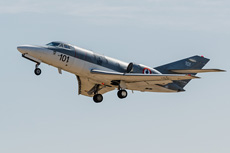
|
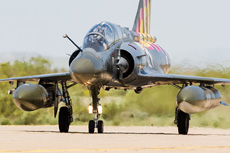
|
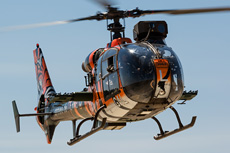
|
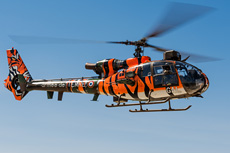
|
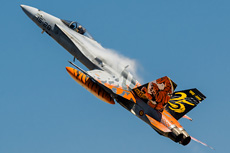
|
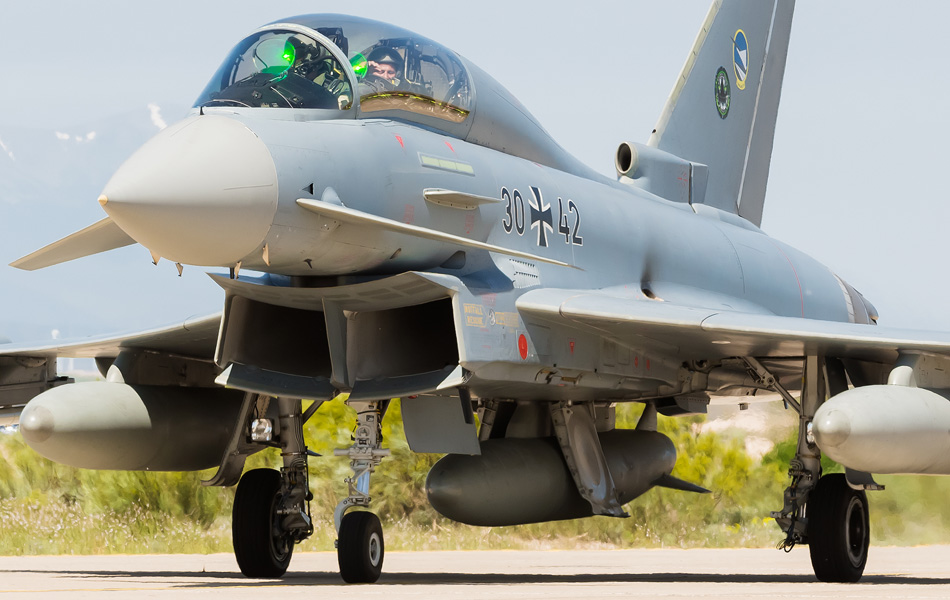
|
which flies the C-130 Hercules. The unit would make despite this major reorganization a lot of flight hours. The unit reached in September 1991 the 25,000 flight hours on the Hornet. In July 1994 Ala 15 would participate for the first time in the American Red Flag exercise at Nellis in the United States. As of December 1994, the unit was able to be deployed in the context of peace missions in service of the NATO in the Republic of Bosnia-Herzegovina and Kosovo. More than ten years after its founding the milestone of 50,000 flight hours was reached in August 1996. On April 15, 1997, the unit was visited by the Spanish Prince of Asturias Felipe de Borbon y Grecia who made a flight with the EF-18 Hornet. The milestone of 75,000 flight hours was reached in October 1999. The 151 Esquadron reached the milestone of Combat Ready within the NATO air forces in November 2000. From that moment the unit would be fully operational for the international conflicts which would occur in the world. The milestone of 100,000 flying hours was reached in November 2003.
The EF-18 Hornet was in 2007 more than 20 years in the service of the Spanish Air Force. To make the plane ready for another 20 years of service in the Spanish Air Force, the aircraft received a drastic update. All EF-18s underwent the Mid Life Update (MLU) program in 2007. All that really remained of the original F-18 design was the fuselage of the aircraft. The Hornet would receive completely new equipment allowing the aircraft to perform even better and much safer than the original design. The EF-18 remained after the update the main frontline fighter of the Spanish Air Force. In October 2007, Ala 15 reached the 125,000 flight hours. This milestone was important to Ala 15, because they showed that this unit used the aircraft for many years in a very safe way. As a thank you for this effort, the unit received the Flight Safety Award in the category of safest operating unit in Europe on June 8, 2010. The next milestone which Ala 15 reached was the Combat Ready status of the 152 Esquadron. This status was achieved during a series of tests which were conducted on September 22 until 24, 2010. Ala 15 was therefore the first unit in Spain which had Combat Ready squadrons which were ready for NATO deployment. On July 10, 2011, the 25th anniversary of Ala 15 was celebrated at the Spanish Air Base Zaragoza. The unit has until now only flown with the EF-18 during its existence. One of the most significant programs in which Ala 15 participated was the deployment at Decimomannu in Sardinia in Italy during Operation Unified Protector in Libya from July 3, until October 18, 2011.
Ala 15 is an important unit when it comes to the air defense of Spain. The main task of Ala 15 is to defend the northern Spanish airspace. This zone is referred in Spain to as the Commander Air Airport (CMAA) Vitoria. This designation stands for the defense of the airspace of the area around the airports of Vitoria, Bilbao, San Sebastian and Pamplona. In times of war, the Hornets of Ala 15 will be stationed at these airports. The aircraft are distributed in this way over the north of the country. This makes the risk of losing many aircraft minimal during an enemy air strike. The staff of Ala 15 is for this reason every day trained to maintain the skills for the air defense task. The second task of Ala 15 is to contribute to the international Spanish Reaction Force. When NATO relies on its Spanish partner, Ala 15 will be ready to take action. Ala 15 has also the training task for the Spanish EF-18 pilots. One of the three squadrons at Zaragoza is specialized in the training of new pilots. Ala 15 is able to perform a wide variety of missions with a superior plane like the EF-18 Hornet. The Hornet is a multi-role fighter plane and is adapted to intercept aircraft, but is also capable to attack ground targets. Attacking ground targets is a pure offensive task, but also defending their own ground troops in the Close Air Support (CAS) role is an offensive task. In total, Ala 15 has about 500 people which are able to carry out these tasks.
|
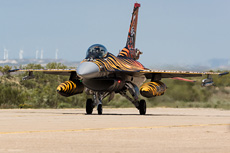
|
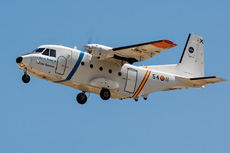
|
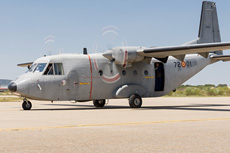
|
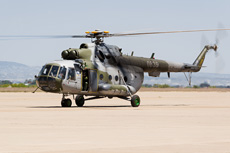
|
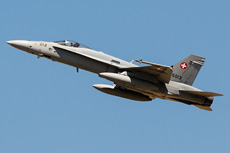
|
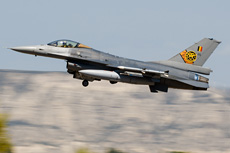
|
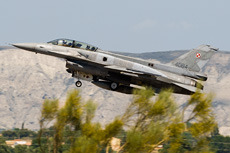
|
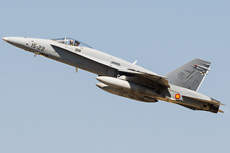
|
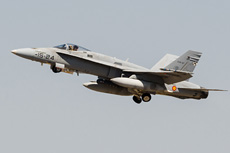
|
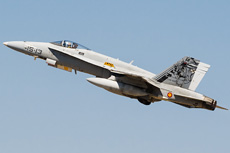
|
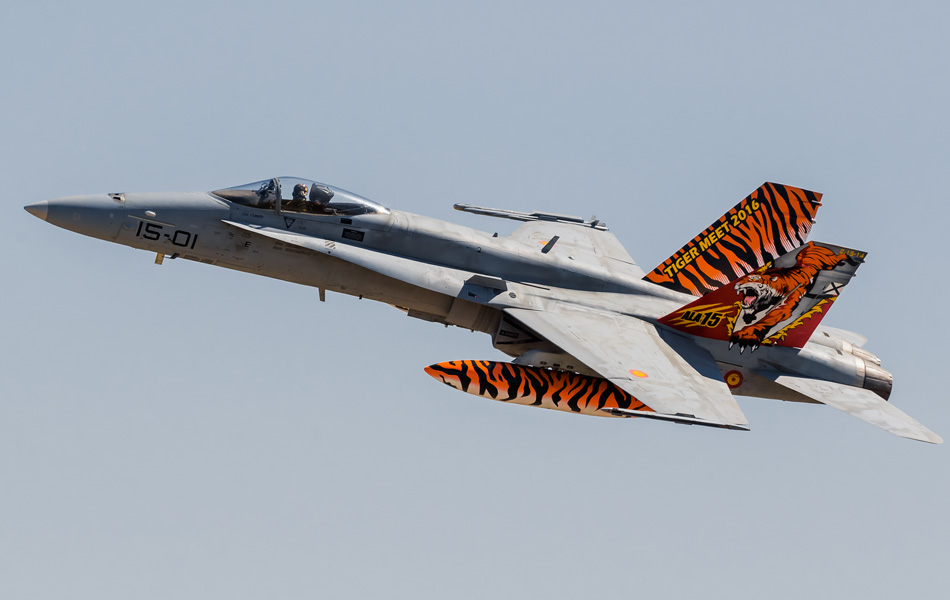
|
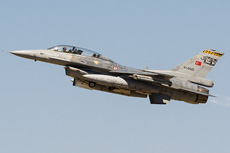
|
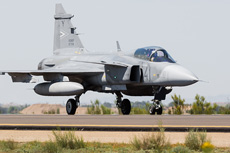
|
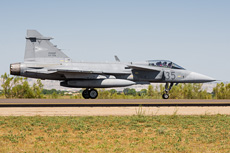
|
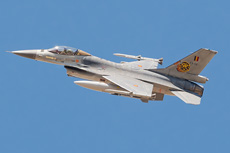
|
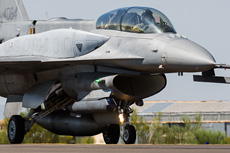
|
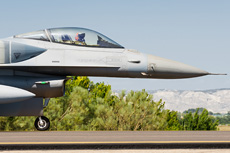
|
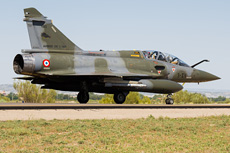
|
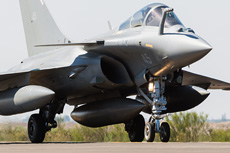
|
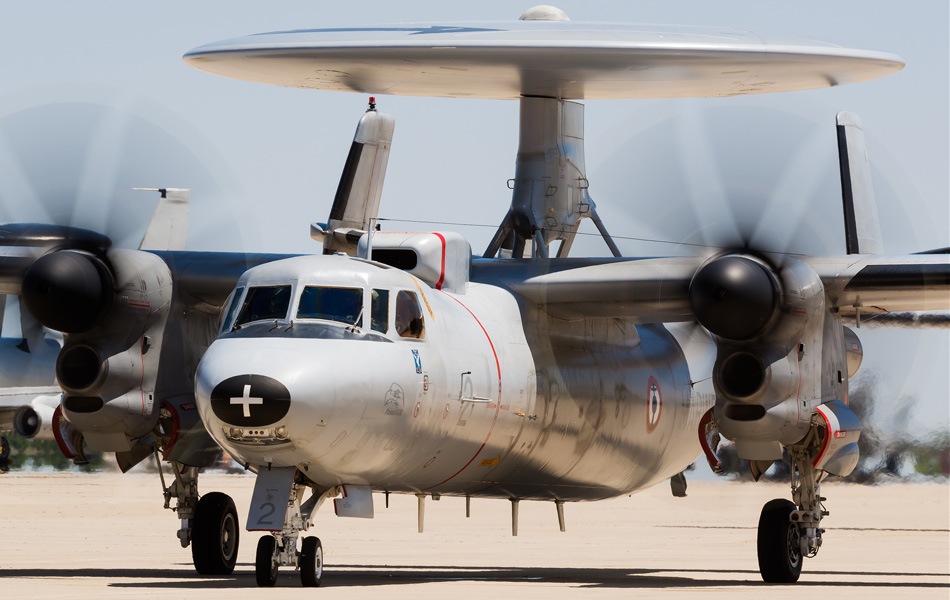
|
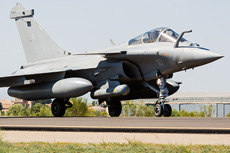
|
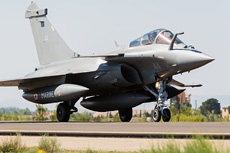
|
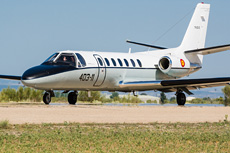
|
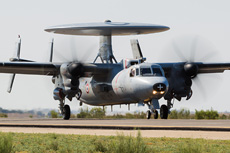
|
|
|

|







